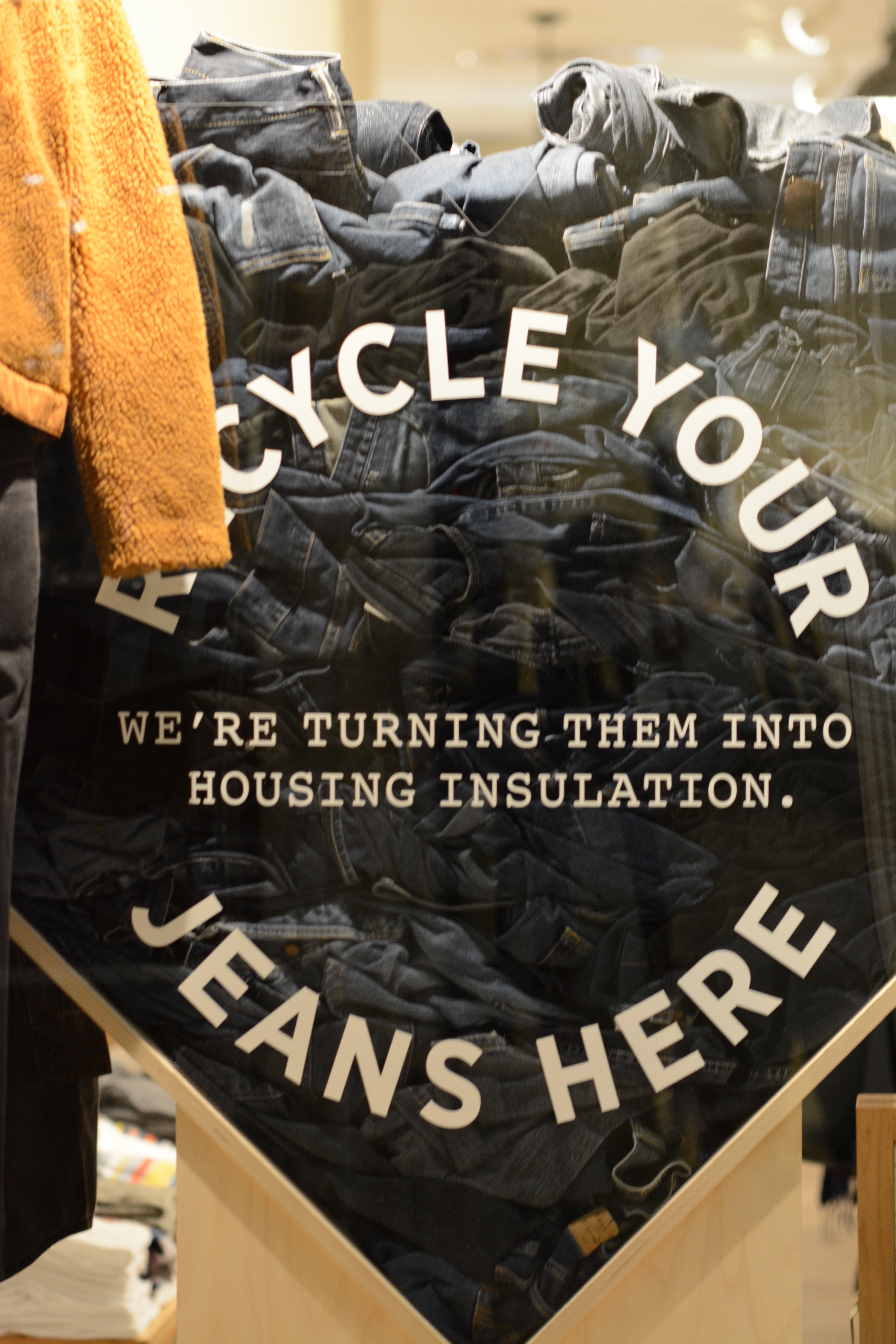
The guilt that follows most arduous shopping sprees is typically unrelated to mounting concerns about climate change. It’s not until we feel the impact spending has on our wallets that we may take a minute to rethink our habits. As consumers in the leading capitalist country in the world, we are constantly being convinced by a need to shop. Whether it be for the holidays, a new season, or just a bad day, shopping is nothing short of an addiction — one that is fed by our invasive and persistent markets. Sure, one day of splurging is not ecoterrorism, but the way our consumer culture and the fashion industry has been designed is.
Why is it that when we think of the waste we produce, we only think of our wrappers from lunch? Everything we buy as consumers will one day end up as trash if not carefully disposed or thoughtfully taken care of — including our clothing. Further, the problem doesn’t just lie in how we dispose of our clothing but is ingrained in the process from which clothes are made in the first place. A new buzzword trending in the fashion industry is “eco-fashion,” coined by its philosophy of reducing the negative human impact on the earth and attempts to adopt practices that can be used indefinitely. We rarely think about how our consumer behavior also plays a role in this movement; we can actually be a catalyst for the kinds of sustainable efforts necessary for large corporations and textile manufacturers. Although drastic changes are required in order to induce a real change in the market, we can all start small by adopting sustainable choices and habits in our everyday lives.
One habit that may be the most difficult to break is the mindless shopping we do without knowing the source of the material or the conditions under which the product was made. Each fabric and process has different pros and cons in regards to the toxicity of the dyes, the overproduction and subsequent short lifespan of cheap materials, and how the materials actually break down in the environment after we are done using them. However, trying to find clothes in the right color and the right size is hard enough, let alone trying to check the tiny labels on the inner sleeve that share the actual materials from which the item is made. Thus, the bigger concern to address before this type of widespread reform can occur is our regular overconsumption of large sums of clothing from cheap, mass-produced, online textile companies. These companies are using and selling excess amounts of fabrics like rayon viscose, a derivative of an endangered species, the wicker tree. The tree is being depleted in the most species-diverse part of the world, the tropical rainforest. This plays into the classic phrase, “reduce, reuse, and recycle.”
Reducing our consumption is the first and easiest step any consumer can make when trying to have a more sustainable and eco-friendly wardrobe. Boycotting is simply not an option because, well, we need clothes — but just a simple reduction in our spending and a conscious effort to support companies who adopt sustainable practices, such as H&M, Nike, Levi’s, and Adidas, can help to push corporations to make the big changes needed.
Recycling old fabric is also an easy way to combat mass production of clothes, and is easier than most people think. The blue bins and large cans we see around campus don’t necessarily accept fabric but, if your clothing happens to be 100% cotton, then you can drop them right in the compost bins located in the dining halls. We often forget cotton is a plant and is biodegradable, so although surrounding lunch-goers may offer you some confused looks, go ahead and drop those t-shirts in. There also are many recycling locators available online for clothes that are too ratty and old to reuse. I suggest compiling a bin of excess clothes once a quarter.
Reusing and repurposing your old clothes or sharing with friends is another great way to practice sustainable clothing habits. Getting together with friends and hosting a big clothing swap is a fun, cost-free way to satisfy your shopping fix without shoving another hundred dollars down the drain. You can also counteract your most recent spree by putting up some old clothes for resale, or simply by donating clothes that will be better used elsewhere. Thrift stores are a great place to start when deciding if your clothes are worth trying to sell or possibly reuse.
There are plenty of more effective, but more limiting ways to adopt sustainable practices in our wardrobes; but, if we think creatively about ways we can realistically put our old clothing to use, that can be enough to make a significant difference in the way our society operates. Instead of constantly throwing away the old and consuming the new, we should begin to think about how we can revamp the old, use it for something new, and support companies that are already taking steps towards creating lasting reform.